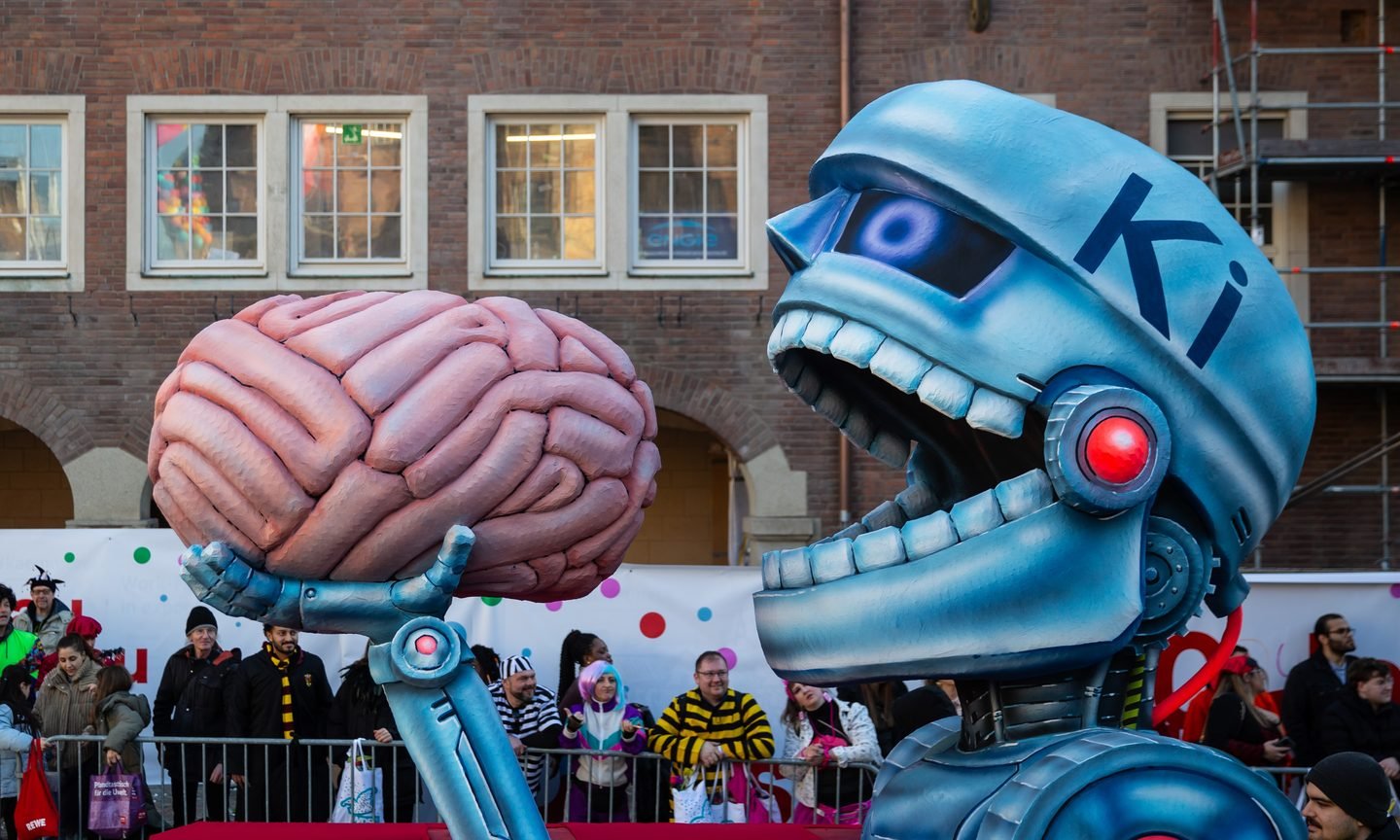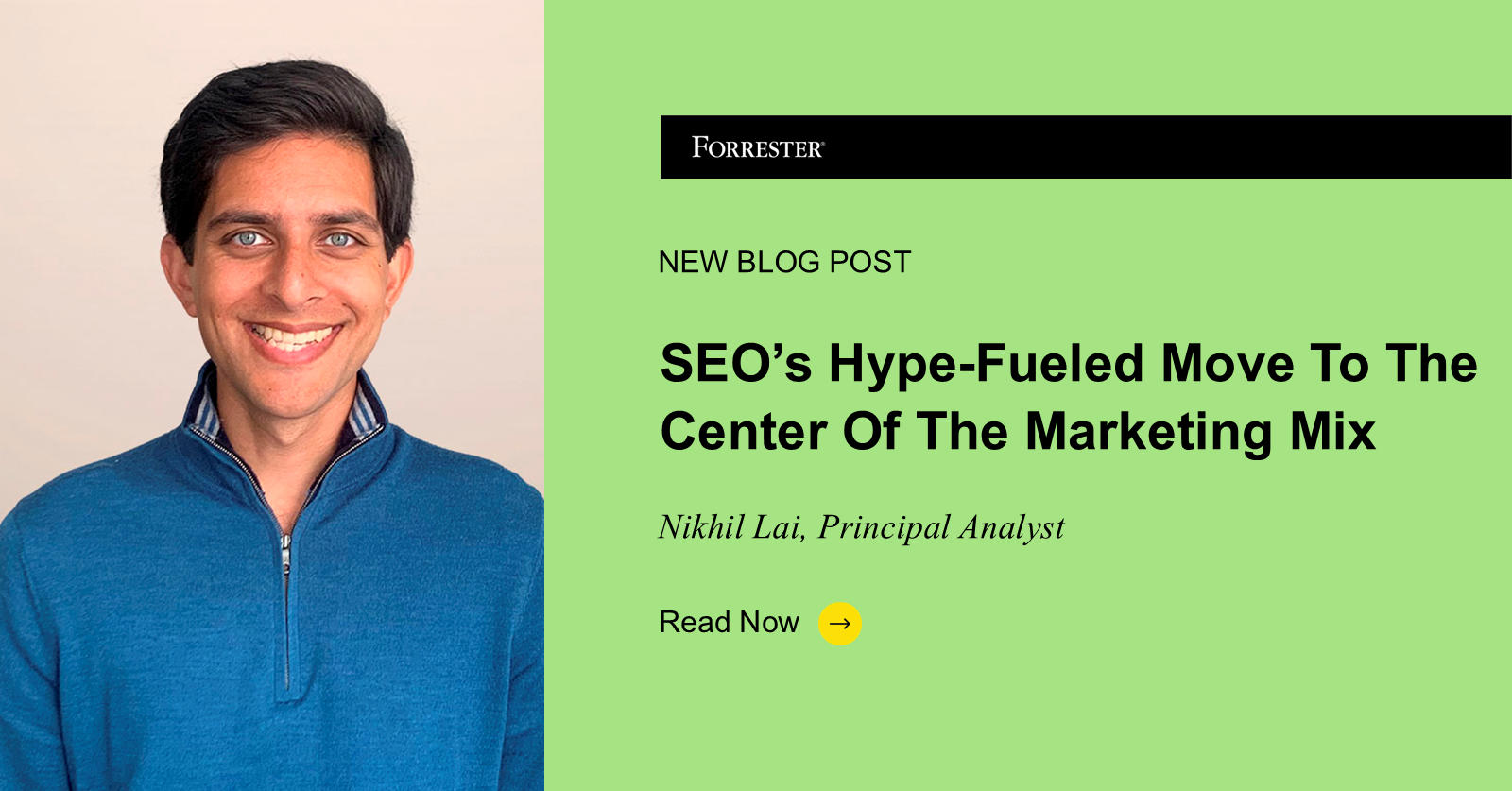Since ChatGPT’s late-2022 release, countless headlines have prophesized an apocalyptic future for workers:
“We asked ChatGPT which jobs it thinks it will replace — and it’s not good news for data entry professionals or reporters” — Fortune, Feb. 8, 2023
“Goldman Sachs Predicts 300 Million Jobs Will Be Lost or Degraded by Artificial Intelligence” — Forbes, March 31, 2023
“Here’s how many U.S. workers ChatGPT says it could replace” — CBS News, April 5, 2023
“ChatGPT AI lists jobs it can do better than humans as millions could be put out of work” — Fox Business, April 5, 2023
“ChatGPT took their jobs. Now they walk dogs and fix air conditioners” — The Washington Post, June 2, 2023
“This A.I. Company Wants to Take Your Job” — The New York Times, June 11, 2025.
And yet, in the nearly three years since, we have yet to see the kind of massive labor market shake-up that alarmists predicted, according to an Oct. 1 report from Yale Budget Lab.
The report finds that people haven’t shifted between jobs, new roles haven’t emerged at scale and workers haven’t been automated out of their positions. For now, AI has likely not come for your job.
That’s not to say people aren’t worried. An Aug. 13-18 poll by Reuters/Ipsos found that 71% of respondents are concerned AI will be “putting too many people out of work permanently.” The fear is clearly real.
Still, the Budget Lab says it’s not surprising that AI has yet to seriously disrupt the job market. History tells us that new technology typically takes decades to upheave the workplace.
“Computers didn’t become commonplace in offices until nearly a decade after their release to the public, and it took even longer for them to transform office workflows,” the report says. “Even if new AI technologies will go on to impact the labor market as much, or more, dramatically, it is reasonable to expect that widespread effects will take longer than 33 months to materialize.”
Over time AI is expected to unsettle the labor market, but some occupations — and experience levels — are particularly vulnerable to the threat.
Job safety is uneven by field
While AI-induced job displacement and creation isn’t evident, when reshaping does happen, it’s likely to hit some fields more than others. It’s largely dependent on how much of your role can be automated.
A Sept. 8 study from the University of Pennsylvania Wharton School of Business categorized the jobs that are most and least exposed to automation by generative AI.
Highest exposure occupations (Roughly 50% and higher):
Office and administrative support: 75.5%.
Business and financial operations: 68.4%.
Computer and mathematical: 62.6%.
Sales and related occupations: 60.1%.
Moderate exposure occupations (30%-49.9%):
Management occupations: 49.9%.
Arts, design, entertainment, sports and media: 45.8%.
Architecture and engineering: 40.7%.
Life, physical and social science: 31%.
Lower exposure (20%-29.9%):
Educational instruction and library: 29.5%.
Community and social service: 27.5%.
Healthcare practitioners and technical: 23.1%.
Protective service: 20.7%.
Transportation and material moving: 20%.
Lowest exposure (less than 20%):
Food preparation and serving: 18.1%.
Personal care and service: 17.5%.
Health care support: 15.5%.
Installation and maintenance and repair: 13.1%.
Farming, fishing and forestry: 9.7%.
Construction and extraction: 8.9%.
Building and grounds cleaning and maintenance: 2.6%.
An Oct. 6 report from Sen. Bernie Sanders (D-Vt.) used a ChatGPT-based model to find which jobs could be automated or otherwise performed by AI and found that nearly 100 million jobs could be replaced over the next 10 years.
Fast food and counter workers (89%).
Customer service representatives (83%).
Laborers and freight, stock, and material movers (81%).
Secretaries and administrative assistants, except legal, medical, and executive (80%).
Stockers and order fillers (76%).
Bookkeeping, accounting, and auditing clerks (76%).
Office clerks, general (66%).
Teaching assistants, preschool, elementary, middle, and secondary school, except special education (65%).
Accountants and auditors (64%).
Retail salespersons (62%).
Janitors and cleaners, except maids and housekeeping cleaners (61%).
Software developers (54%).
Waiters and waitresses (53%).
Younger workers are most exposed to AI disruptions
Evidence is mounting that younger workers are being hit first and hardest by the effects of AI on their employability.
An August 2025 study from Stanford University found that Gen Z workers (ages 22 to 25) who are in occupations most exposed to AI have experienced a 13% decline in employment since 2022. High exposure fields include software developers, software engineers and those in customer service, call center and support roles.
The Stanford report also found that employment drops are greatest in roles where AI replaces tasks rather than enhancing them. Early career workers tend to perform job functions that have the most potential for automation.
In other words, younger workers are most exposed in these roles because they have more “book-learning” and less job experience, according to the Stanford study. AI can more readily replace the more codified facets of their work — rules, step-by-step processes and formal education teachings. But it struggles with the type of work requiring “tacit knowledge” that older workers have, like making judgement calls, having intuition and knowing shortcuts.
There’s more evidence that AI seems to be creating a seniority bias in hiring. A Sept. 8 study from Harvard University examined a massive dataset of U.S. resumes and job postings to see whether AI is disrupting work for junior employees versus senior ones. Researchers found that in early 2023, junior hires at firms using AI dropped compared to senior ones. The decline was mainly due to companies slowing down hiring of early career workers. The study found that the fields where young workers are most impacted are wholesale and retail trade.
Early career workers have taken notice of hiring changes and are growing uneasy about their future prospects. Nearly a quarter of workers ages 18 to 34 in the U.S. and across Europe are concerned that AI will put them out of work within the next two years, according to a Sept. 23 report by Deutsche Bank.
We don’t yet fully know how AI is changing work
The trouble with measuring the impact of AI on the workplace is we don’t have fully accurate data yet on exposure, the Budget Lab report says.
Data from Large Language Models (LLMs) like Anthropic and OpenAI are useful, but incomplete. They don’t account for all tasks, occupations, AI tools, real-world constraints or barriers to adoption. All that is to say, take conclusions about AI’s labor impact with a grain of salt.
For now, what we do know is that AI is steadily seeping into many workplaces. Another Stanford University report from this year found that LLM adoption at work has increased from 30.1% in December 2024 to 45.6% as of June and July 2025.
(Photo by Hesham Elsherif/Getty Images News via Getty Images)


























